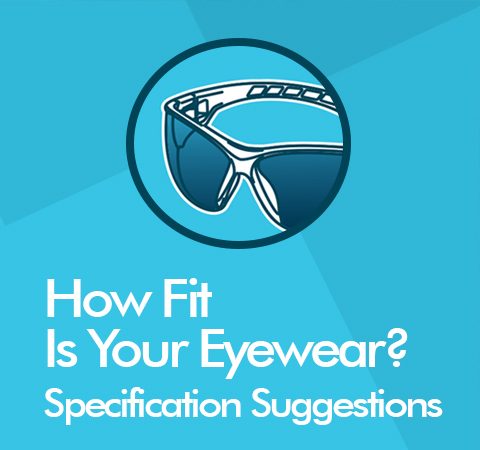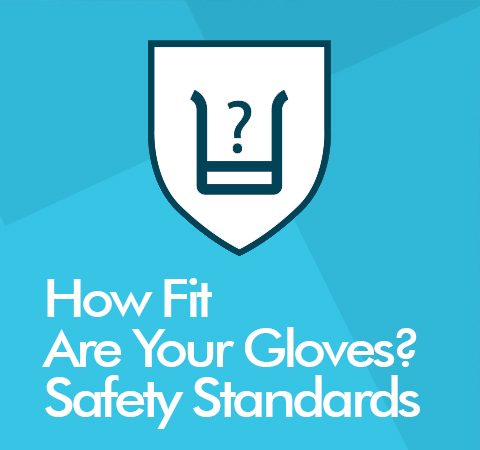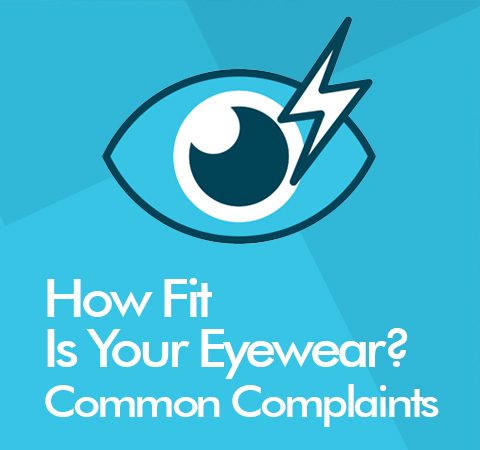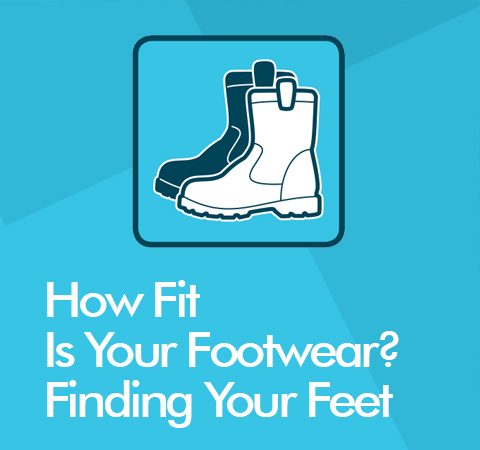To ensure correct specification and reduce the risk of the wearer removing their glasses, consider the following tips
1. Environment
First and foremost, start by assessing exactly what the risks are in the
working environment. This will help to narrow down the potential eyewear options by determining whether you need to choose a goggle style, or a spectacle style. Depending on the application, a pair of safety glasses will provide a level of defence against foreign objects, featuring shatter-proof polycarbonate lenses and impact protection. However, if the job involves airborne dust, flying debris or splash hazards that create an increased threat to the eyes, a safety goggle with 360° shield protection is the logical choice or Pyramex’s Proximity safety spectacle.
2. Lens Colour
The type of working environment will also have an influence on what lens colour is most appropriate. This is an aspect which can often be overlooked. For example, for those working indoors all day, a clear lens is the obvious choice, with 92 per cent of visible light transmitting through them. However, in areas such as construction, where workers may frequently be moving from indoors to outdoor settings, eyewear with specialist Indoor and Outdoor (I/O) lenses, such as
Pyramex’s Fyxate I/O glasses, are likely to be most suitable. These types of lenses are designed to protect against UVA/ UVB rays and allow the eyes to adjust between indoor and outdoor lighting conditions without removing the safety eyewear. Alternatively, where there are low levels of light, amber lenses can help by enhancing the contrast. In comparison, grey or silver mirrored lenses are the best option for reducing the glare of bright sunlight in outdoor applications.
3. Lens Coating
Also explore the different types of lens coatings available. Most safety
spectacle lenses have an anti-scratch coating, but the scratch resistance
of different coatings varies widely. It is worth considering the specification of higher quality coatings to prolong their life, helping to prevent non-compliance. Glasses with anti-fog coatings, such as
Pyramex’s H2Max, are also essential for those exposed to high humidity working conditions or moving between hot and cold environments and will stop workers moving the glasses to the end of their nose to see better, which puts them at risk of foreign bodies entering the eye. The high-performing H2Max prevents fogging for up to 30x longer than its competitors and when placed 40cm away from steam, resists clouding for up to an hour.
Common Safety Eyewear Standards
Most eyewear is commonly covered by the EN 166 standard. This covers all the basic requirements for safety eyewear and will be marked on the lens and frame accordingly.
In addition to EN 166, there are other standards to be aware of that cover areas such as sun glare, ultraviolet and infra-red protection. Safety eyewear for specialised applications, such as welding, will have different classifications too.
| EN 166 |
Basic Specifications |
EN 172 |
Sun Glare Filters For Industrial Use |
| EN 167 |
Optical Test Methods |
EN 175 |
Welding Work Equipment |
| EN 168 |
Test Methods Other Than Optical |
EN 207 |
Glasses For Laser Radiation Protection |
| EN 169 |
Welding Filters |
EN 208 |
Glasses For Adjustment Laser Systems |
| EN 170 |
Ultraviolet Filters |
EN 379 |
Specification Concerning Welding Filters |
| EN 171 |
Infra-red Filters |
|
|
You can download this guide as a PDF here!




